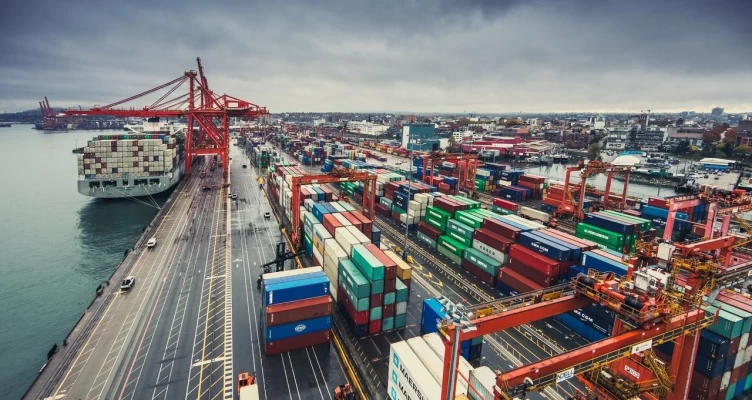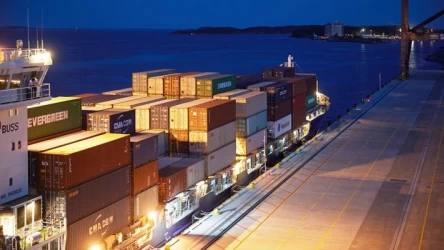Sea Freight in the Port of Vancouver
The Port of Vancouver, located on the west coast of Canada, is the largest and most diversified port in North America. It plays a crucial role in global trade, connecting Canada to over 170 trading economies worldwide. The port’s strategic location and extensive infrastructure make it a vital hub for sea freight, handling a wide variety of cargo types, including containers, bulk, breakbulk, and project cargo.
Container Terminals
The Port of Vancouver boasts four major container terminals, each equipped with state-of-the-art facilities to handle the increasing volume of containerized cargo:
- Centerm: Operated by DP World Vancouver, Centerm is located on the south shore of Burrard Inlet. It features six gantry cranes, on-dock rail facilities, and an advanced operating system that tracks containerized cargo in real-time. This terminal is essential for handling a diverse range of goods efficiently.
- Deltaport: As Canada’s largest container terminal, Deltaport is situated at Roberts Bank and operated by GCT Canada Limited Partnership. It includes 12 ship-to-shore gantry cranes and extensive on-dock rail facilities, capable of accommodating the largest container ships visiting Canada. Deltaport’s three berths and high capacity make it a cornerstone of the port’s container operations.
- DP World Fraser Surrey: This multi-purpose marine terminal handles containers as well as bulk and breakbulk products. Located on the Fraser River, it provides flexibility in cargo handling and supports various shipping needs.
- Vanterm: Also operated by GCT Canada Limited Partnership, Vanterm is located on the south shore of Burrard Inlet. It features six gantry cranes and on-dock rail facilities, handling containerized cargo, project cargo, and bulk oils from the adjacent West Coast Reduction facility.
Bulk and Breakbulk Cargo
The Port of Vancouver is a major gateway for bulk and breakbulk cargo, with specialized terminals designed to handle these types of goods. Bulk cargo includes commodities like grain, coal, and potash, while breakbulk cargo consists of items that must be loaded individually, such as machinery and construction materials.
Environmental Initiatives
The Port of Vancouver is committed to environmental stewardship and sustainability. One notable initiative is the shore power program, which allows container ships to shut down their engines and connect to the electrical grid while docked. This reduces marine diesel air emissions and contributes to cleaner air quality. The port also recognizes ships that participate in its EcoAction program through the Blue Circle Awards, promoting emissions reduction goals for ocean-going vessels.
Rail and Road Connectivity
The port’s connectivity is enhanced by three Class 1 railroads and a regional short line railroad, providing extensive on-dock rail facilities. This rail network is crucial for the efficient movement of goods to and from the port, ensuring seamless integration with the broader supply chain. Additionally, the port’s road infrastructure supports the efficient transportation of cargo by truck, further enhancing its logistical capabilities.
Record Cargo Volumes
In recent years, the Port of Vancouver has seen record cargo volumes, reflecting its growing importance in global trade. In 2023, the port handled a record 150.4 million metric tones of trade, a six percent increase from the previous year. This growth underscores the port’s capacity to handle increasing demand and its role as a critical gateway for international trade.
Conclusion
The Port of Vancouver is a vital hub for sea freight, offering extensive facilities and services to support a wide range of cargo types. Its strategic location, advanced infrastructure, and commitment to sustainability make it a key player in global trade. As the port continues to grow and evolve, it will remain an essential link in the international supply chain, connecting Canada to the world.
If you have any specific questions or need more detailed information about any aspect of the Port of Vancouver, feel free to ask!











